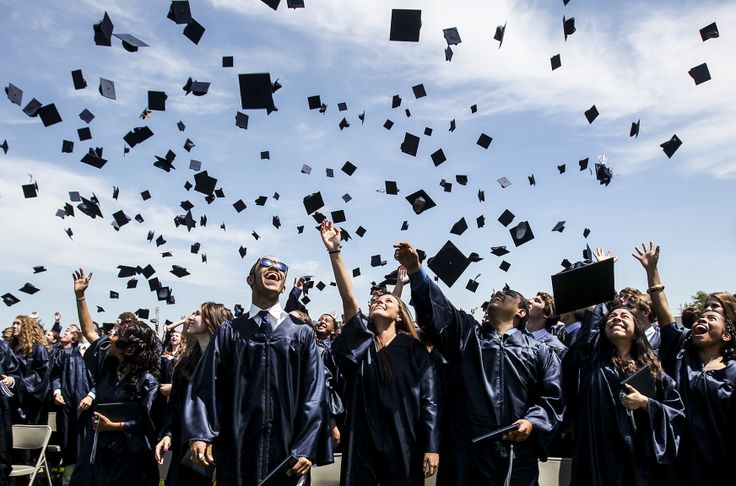The fall semester is in full swing, and while students are settling into their new routines, colleges are grappling with the implications of the Supreme Court’s decision to overturn affirmative action. This landmark ruling, barring colleges from considering race as a factor in admissions, has raised questions about the future of diversity on campuses.
Preliminary data from freshman classes across the country provides a glimpse into the potential impact. While it’s too early for definitive conclusions, some institutions are seeing a noticeable decrease in the percentage of Black and Hispanic students. This shift is particularly pronounced at highly selective schools, where affirmative action played a more significant role in fostering diverse student bodies.
However, other institutions, especially those with robust outreach programs and a commitment to socioeconomic diversity, report minimal changes in their freshman demographics. These schools often prioritize factors like first-generation status, geographic location, and socioeconomic background, effectively mitigating the impact of the ruling.
The ongoing debate centers around the balance between maintaining diversity and upholding the principle of equal opportunity. Supporters of affirmative action argue that it’s crucial for creating inclusive campuses and fostering a more equitable society. Opponents maintain that the ruling is a victory for meritocracy and that colleges should focus on a more holistic admissions process that considers individual achievements and potential.
The long-term implications of the ruling remain to be seen. Colleges are adapting their admissions strategies, with some emphasizing socioeconomic diversity and others focusing on broader access initiatives. The true impact on campus diversity will be revealed over the next few years, as freshman classes evolve and the full effects of the Supreme Court’s decision unfold.





